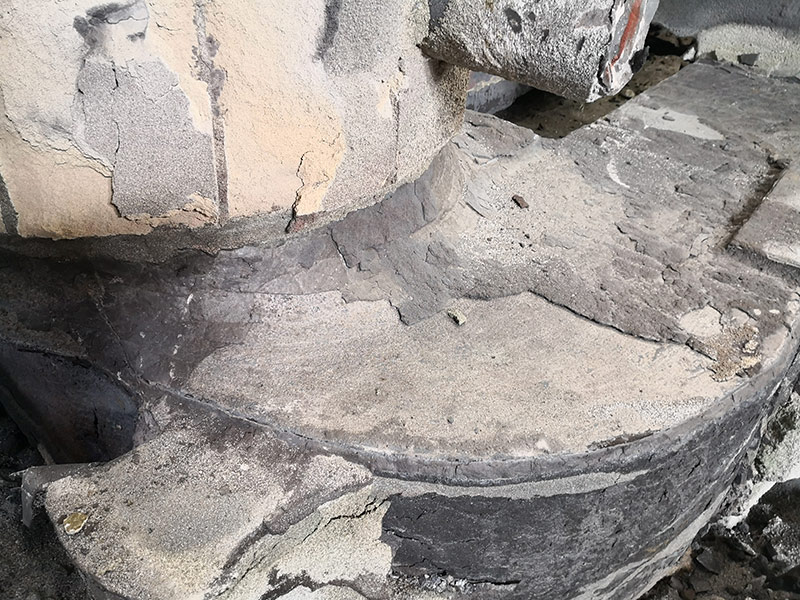Sand Casting Techniques An Overview
Sand casting, a versatile and widely used metal casting process, plays a crucial role in various industries, including automotive, aerospace, and art
. This technique involves creating molds from sand to produce metal parts with intricate shapes and designs.The sand casting process starts with the creation of a pattern, which is typically made from a material that can withstand the mold-making process, such as wood, metal, or plastic. The pattern is a replica of the final product and is used to form the cavity in the sand. Accurate patterns are essential as they dictate the final dimensions of the casted part.
Once the pattern is ready, the next step involves preparing the sand mixture. The sand used in this process is usually a silica-based sand that is mixed with a binding agent, typically clay or resin, to enhance its strength and cohesiveness. The mixture is then compacted around the pattern, forming a mold. There are two main types of molds in sand casting green sand molds, which retain moisture, and dry sand molds, which are baked to increase their strength.
After the mold has been formed, it is carefully removed, revealing an impression of the pattern. The next crucial step is to create a gate and riser system. Gates allow molten metal to flow into the mold cavity, while risers act as reservoirs for excess metal to accommodate shrinkage during the cooling process. Proper design of these elements is vital for achieving a successful cast.
sand casting techniques

With the mold prepared, it’s time to introduce the molten metal. The metal is heated to its melting point and poured into the mold through the gate. Maintaining the right temperature is critical, as it influences the quality of the cast and its mechanical properties. After pouring, the metal fills the cavity and begins to cool and solidify. Cooling rates can affect the microstructure of the final cast; hence, controlling the environment and the type of metal used is imperative.
Once the molten metal has cooled and solidified, the next step is to break open the mold and extract the casting. This stage can be labor-intensive and may require tools to remove any excess sand or material. The final product often needs further finishing processes, such as machining, grinding, or polishing, to meet the required specifications and ensure a smooth surface.
Sand casting offers several advantages, including its capacity to produce large and complex parts, the affordability of materials, and the ability to use various metals. However, it also has its drawbacks, such as lower dimensional accuracy and a rough surface finish compared to other casting methods like investment casting.
In conclusion, sand casting remains an essential manufacturing process due to its flexibility, cost-effectiveness, and ability to produce intricate shapes. Innovations in sand casting techniques continue to evolve, enhancing the quality and efficiency of this age-old method, making it a critical component in modern manufacturing.
Post time:តុលា . 11, 2024 22:40
Next:foundry sand composition
